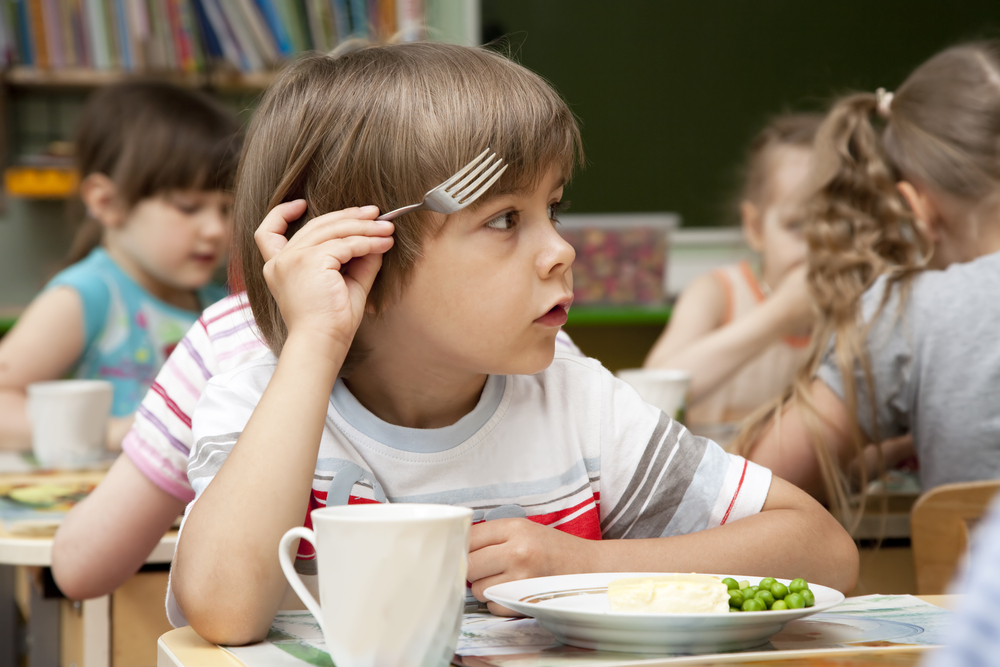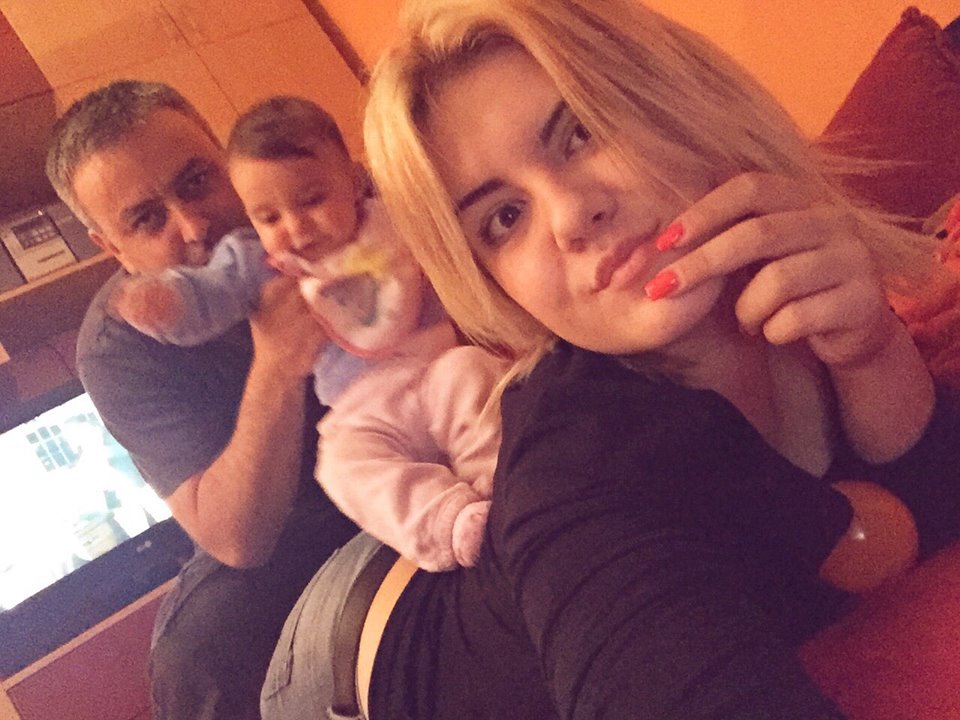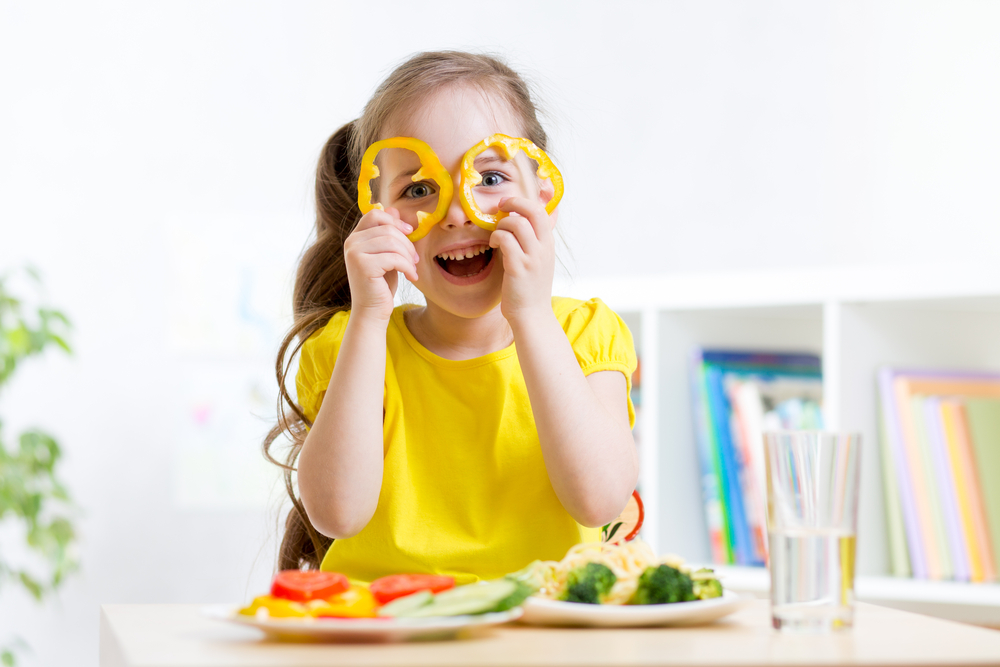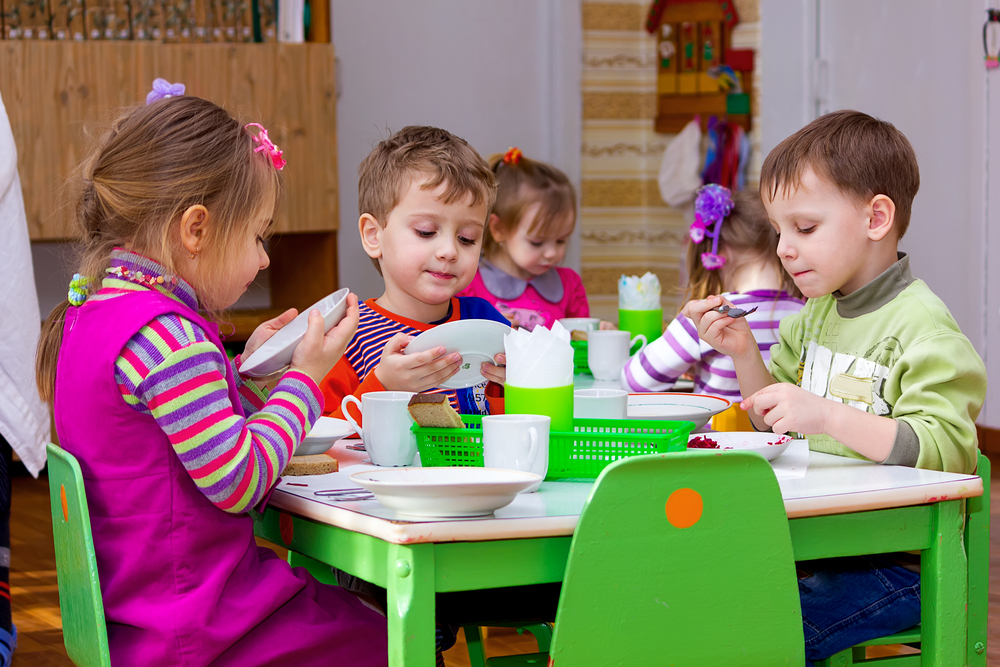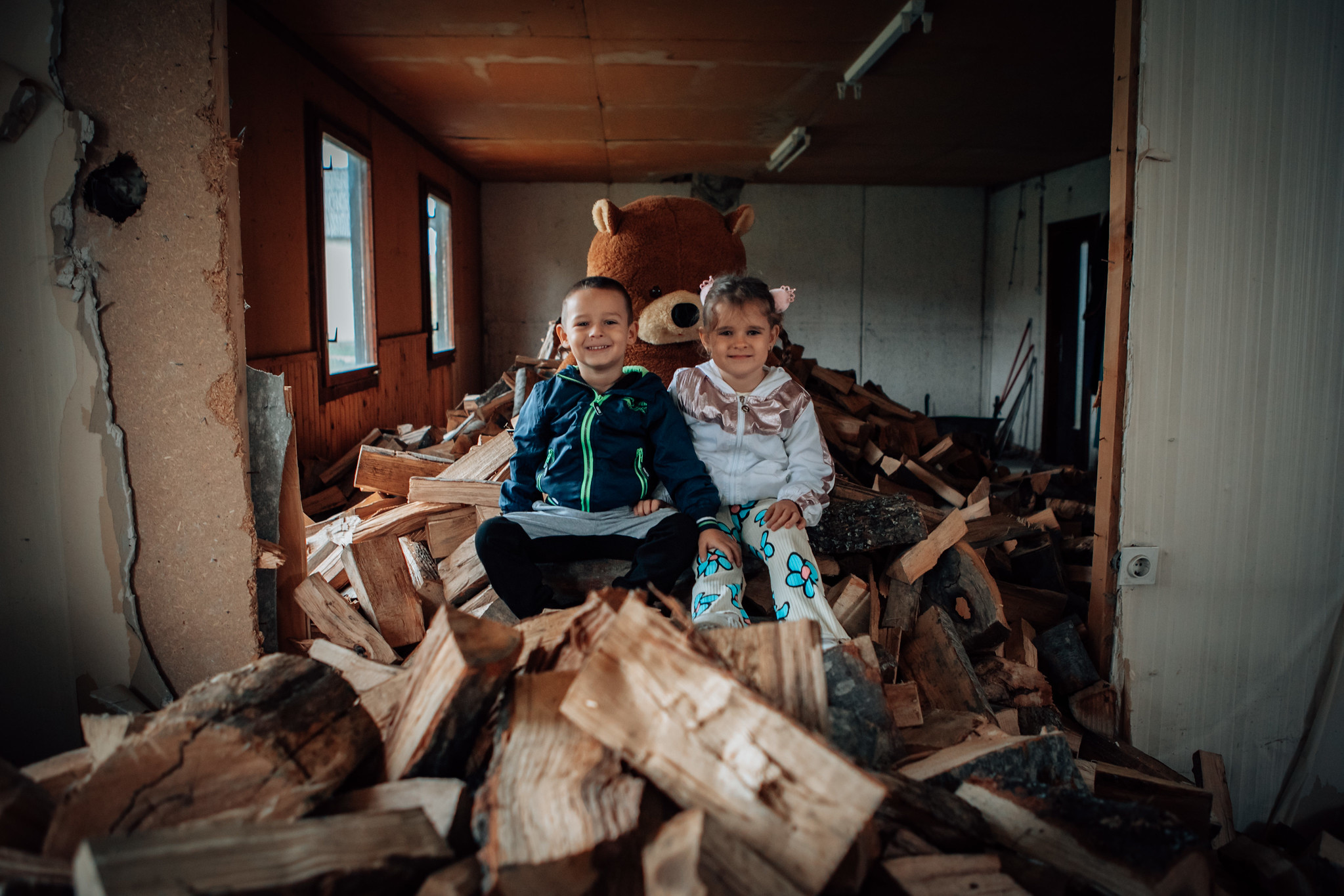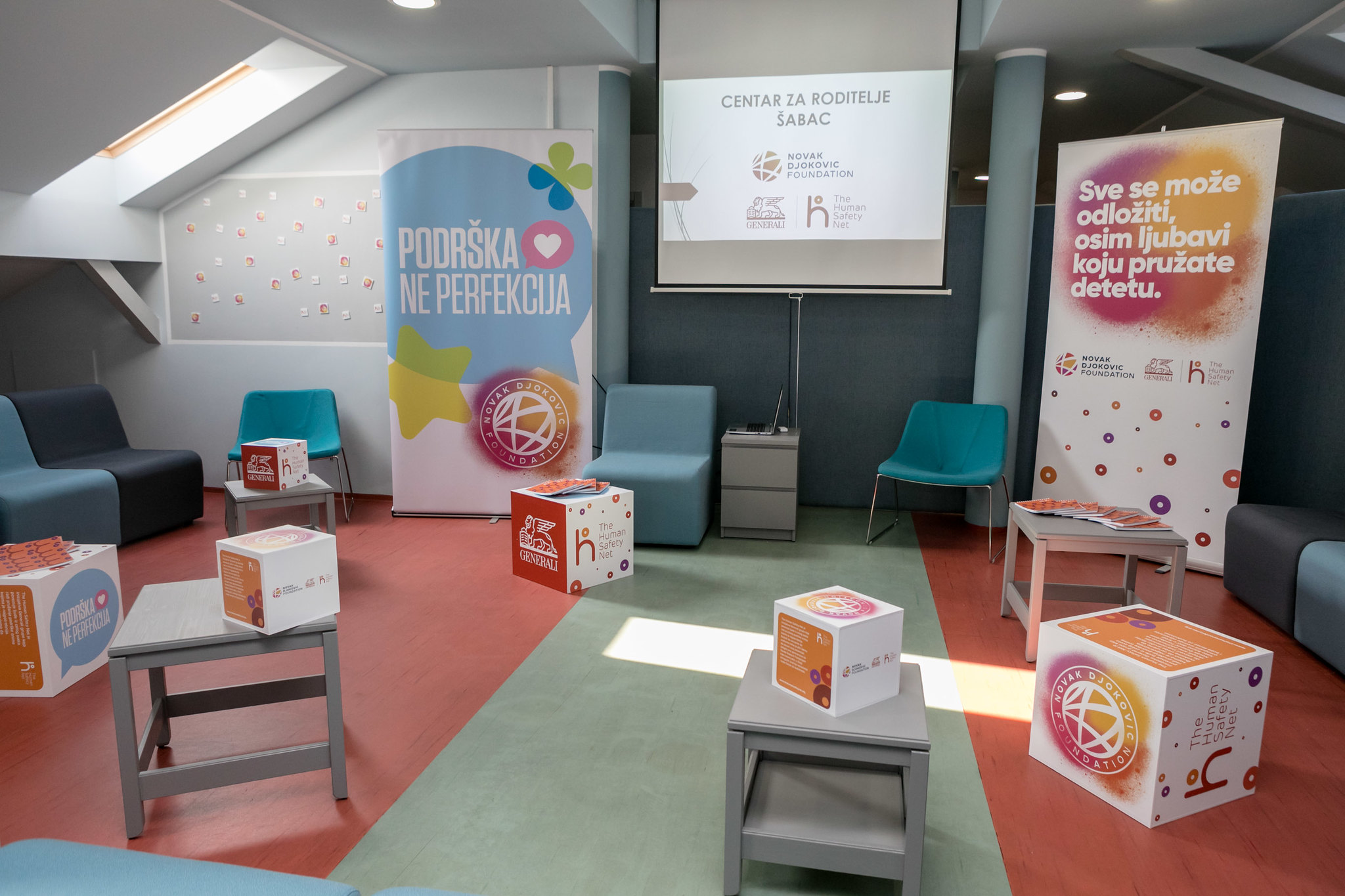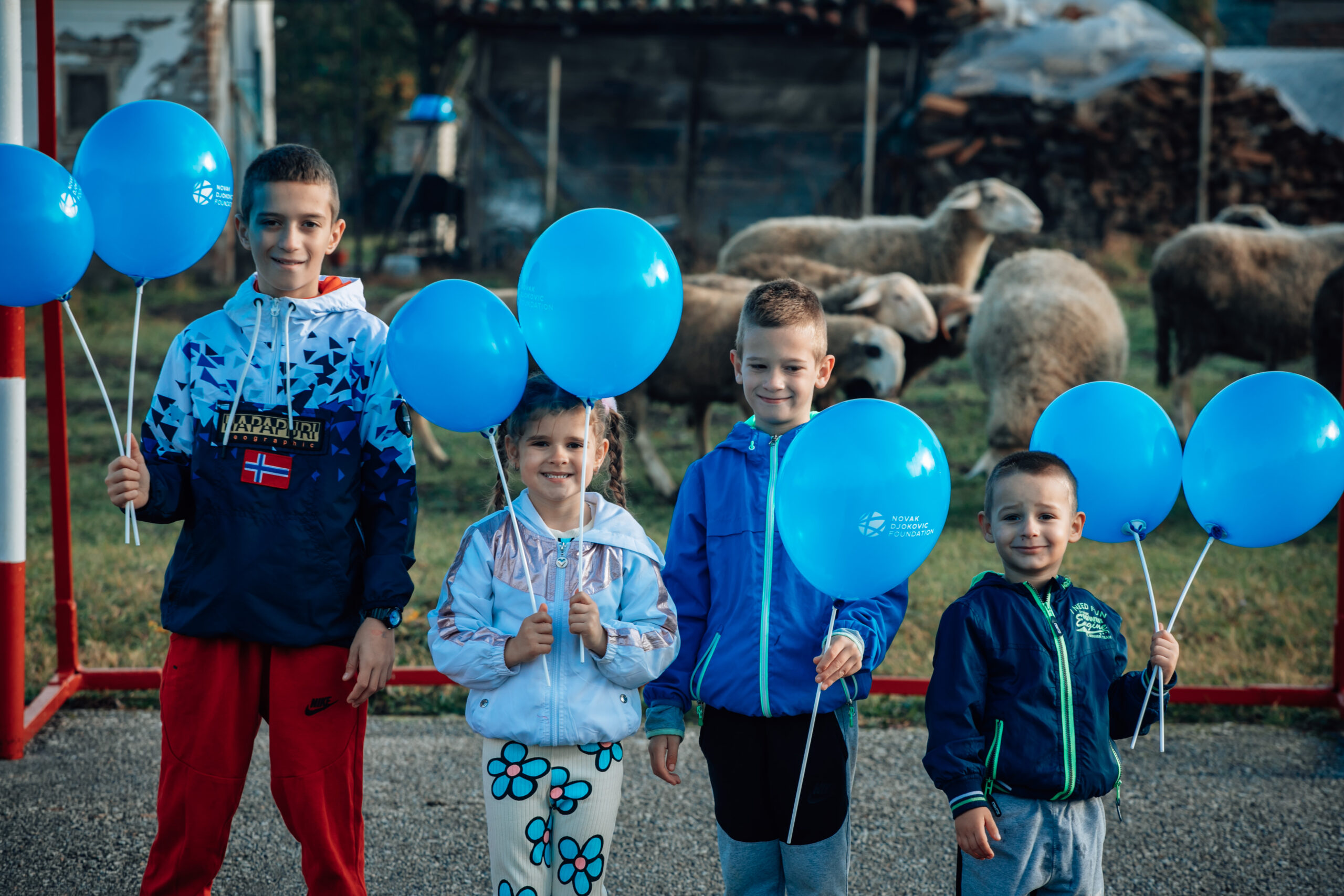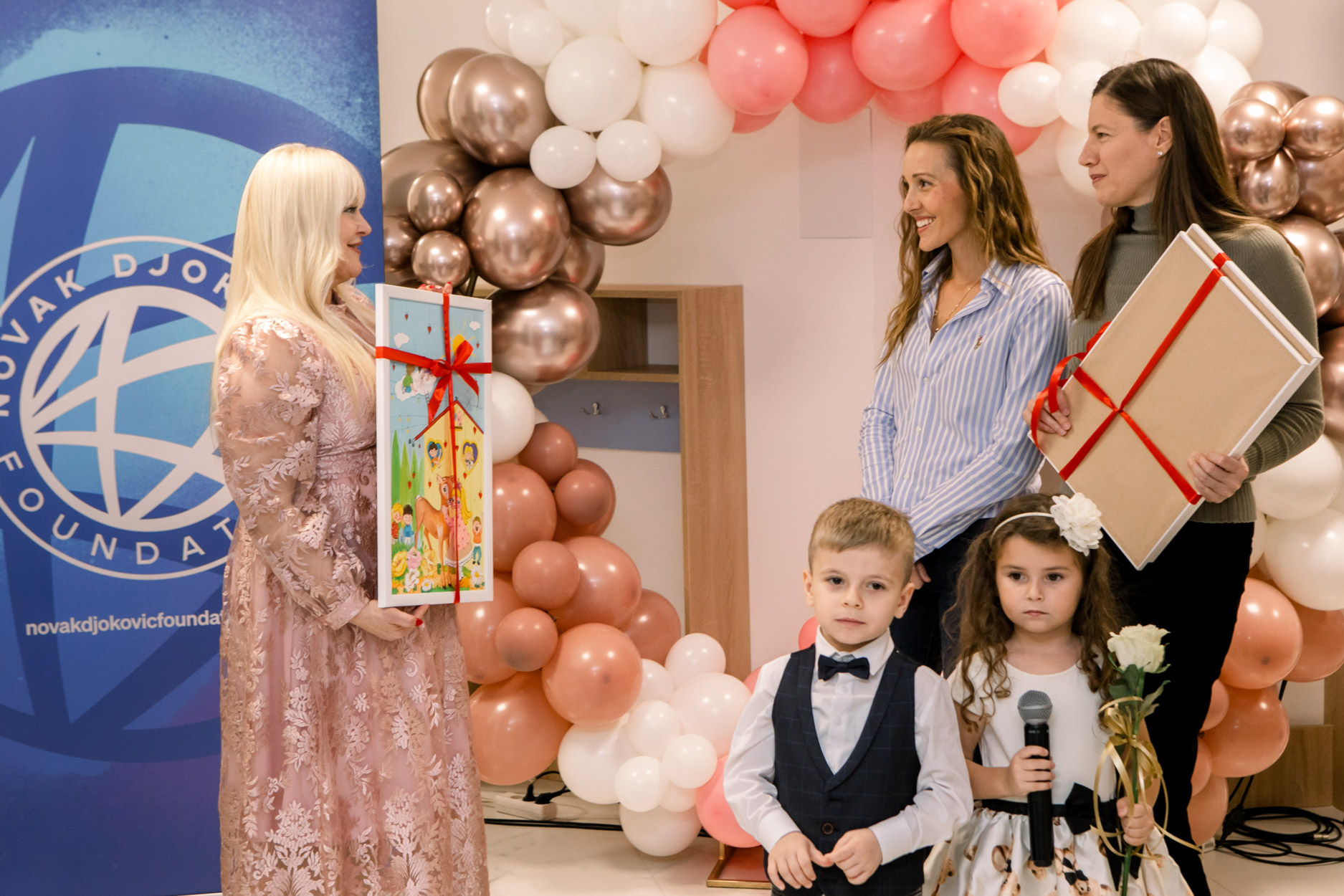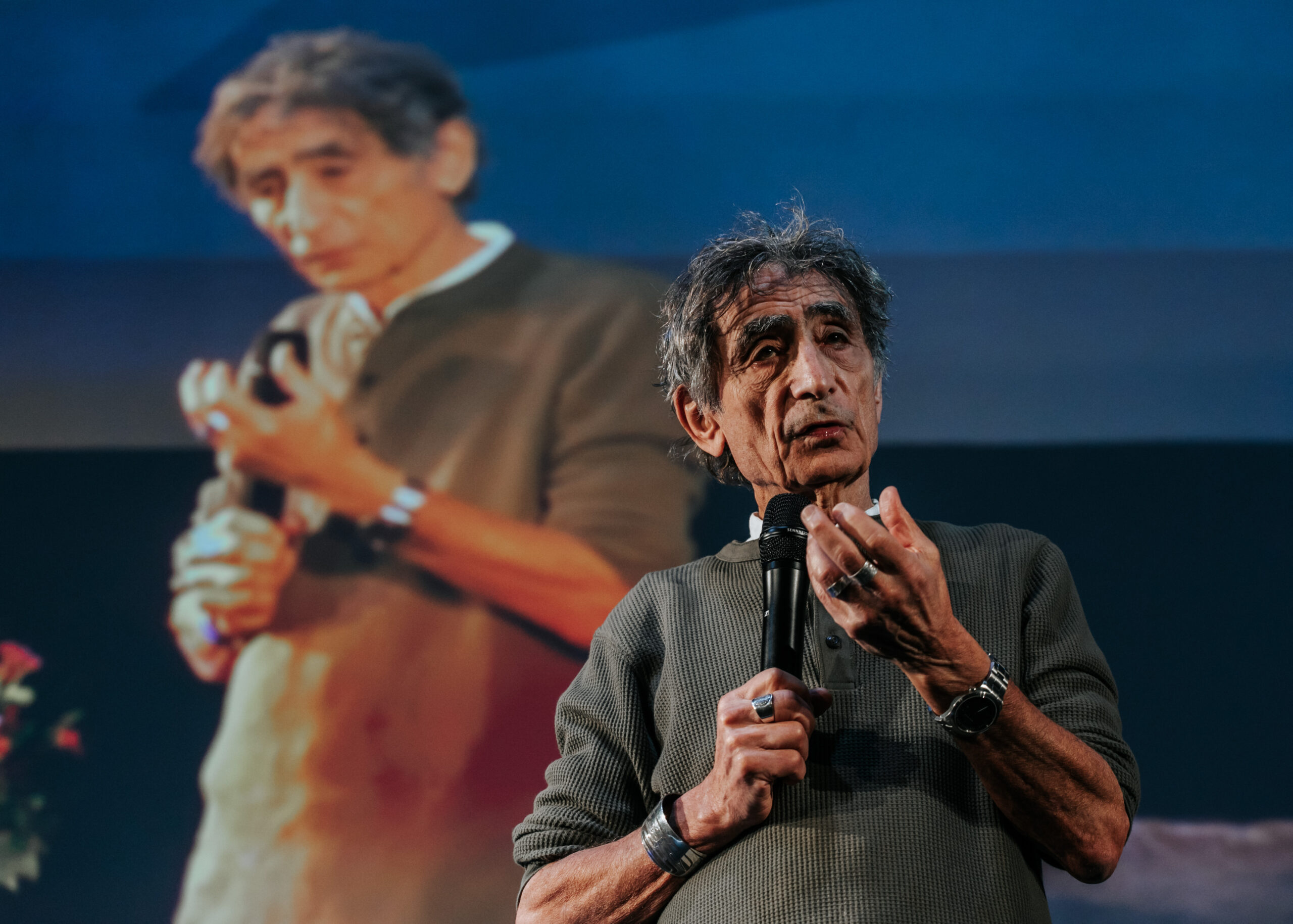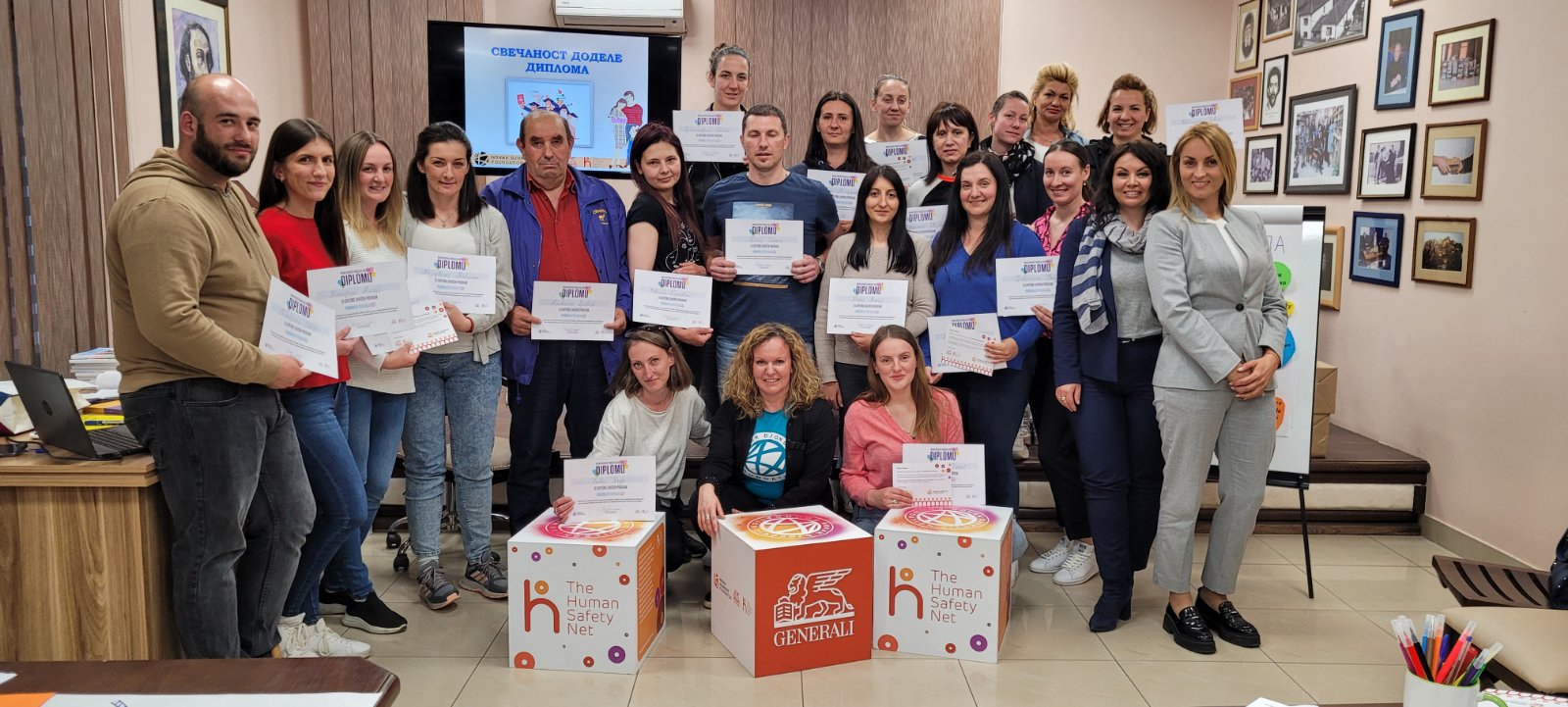No dad, we can’t have spaghetti for lunch today. It’s not Monday!
How many times have I heard this, and each time it makes me smile. It’s been more than 10 years since my older daughter Katarina, now 16, left kindergarten and started her schooling. But, I cannot forget how she always ate spaghetti in kindergarten on Mondays. So, if we prepared dinner at home, she never accepted Italian food on the table on any other day. It would “ruin” her schedule, she’d tell us.
Katarina, then a four-year-old girl, knew by heart her kindergarten menu for the entire week, and Bolognese remained her favourite dish. That’s why she liked going to kindergarten on Mondays. It was a completely different thing on Fridays when they had beans for lunch. Her appetite hasn’t changed much, and she still prefers other foods rather than beans.
Sometimes, when we reminiscence and talk about her kindergarten days, she still describes all these smells and flavours like she smelled them yesterday.
“Dad, the smell was so wonderful, and it filled the room. We were sitting on small wooden, colourful chairs, waiting to be served. How lovely it was”, she told me.
Oh, I remember this, all right, I thought. Just as I remember her zillion questions about the food when she was a little kid: why she had to eat with a spoon, and not with a fork, why they drank water from a cup instead from a glass, etc.
That was then, but what do our children eat in kindergartens today?
It seems to me that their nutrition isn’t that bad (although I am far from being an expert). However, I do think there’s always room for improvement, especially regarding infrastructure, kitchens, and equipment. That’s why Novak Djokovic Foundation invested 622.200 EUR in the reconstruction of the kindergarten “Veseljko” in Obrenovac. Thanks to that valuable donation, the kindergarten got a brand new and modern kitchen, which provides meals for around 4,500 children from all five kindergartens within Preschool Institution “Perka Vićentijević” in Obrenovac (the town hit by heavy floods just a year ago).
In Serbian kindergartens kids have four meals a day:
- breakfast, mainly based on milk and dairy products,
- morning snack (apple or orange),
- lunch (pasta, beans at least once a week, moussaka, fish) usually served with a salad (cabbage, pickled cucumbers, tomato), and
- afternoon snack (fruit plate) before their parents come to pick them up.
Almost all nutritionists agree that kids in kindergarten should eat at least three meals prepared from each of the following food groups: grains, vegetables, fruits, milk, and meat. It is well-known that high-energy diet, rich in fat and carbohydrates, increases the risk of obesity.
Preschool age is an important period to acquire the eating habits continued later in adulthood. Therefore, evaluation of child nutrition in kindergartens is especially important in the prevention of future obesity.
Most of our kindergartens use a special software to calculate the exact amount of proteins, animal and vegetable fats, minerals, iron and vitamins for kids of all ages and thus create a meal plan that it is in accordance to what is most important to their health and wellbeing. In addition, kindergarten meals are prepared and preserved in special conditions for 72 hours and are frequently subject to food laboratory testing carried out by the City Institute of Public Health, Belgrade.
In most kindergartens children get sweet treats at least two or three times a week, mostly for birthdays. But, the nutrition plan is very strict and parents are not allowed to bring their own cakes at kindergarten. Instead, the central kindergarten kitchen provides everything. But parents can bring snacks like crisps, peanuts, chips and similar if they wish.
>>Read more about dangers of sugar consumption<<
Here’s a typical weekly menu from a kindergarten in Belgrade:
- MONDAY:
- Breakfast: Boiled egg, yogurt, bread, butter;
- Morning snack: whole grain biscuits;
- Lunch: Beans, bread, pickles;
- Afternoon snack: Apple.
- TUESDAY:
- Breakfast: Cheese spread, bread, milk;
- Morning snack: Orange;
- Lunch: Breaded hake fillets, brown rice, tomato sauce, bread;
- Afternoon snack: Belvita biscuits.
- WEDNESDAY:
- Breakfast: Chicken salami, butter, tea, bread;
- Morning snack: Fruit;
- Lunch: soup with green beans and beef stew, moussaka from macaroni and cheese;
- Afternoon snack: Whole grain cookies with dark chocolate and orange.
- THURSDAY:
- Breakfast: cheese, sour cream, bread, tea;
- Morning snack: Fruit;
- Lunch: Pork and peas stew, bread;
- Afternoon snack: corn flakes and milk.
- FRIDAY:
- Breakfast: Honey, butter, tea, bread;
- Morning snack: Fruit;
- Lunch: Cauliflower soup, pasta with pork meat;
- Afternoon snack: biscuits.
Even though nutrition specialists thrive to ensure varied and high-quality nutrition for children, the kids get bored with eating the same food over and over again. As a result, they start refusing to eat such food and can’t wait for their home-made meals.
The situation is somehow different when children start primary school and when they are big enough to choose by themselves what they want to eat. Then they usually opt to go out of school and buy food sold at nearby bakery or grocery shop. This is not the best thing for their nutrition, but you can read on the blog how to teach your children to enjoy healthy food and maybe get some ideas what you as a parent can do in order to help them learn what is good for them and what is not.
Some studies have shown that children in Serbian schools are far thinner and healthier than their American counterparts, as they eat home-cooked meals most days. It came to me as a surprise that Serbia is even better positioned than England or Finland regarding this issue. However, we are far away behind the French, whose students eat according to the highest nutrition standards: they have a two-month diet plan, and in some schools parents even get tips what to cook for their children at home.
As I mentioned before, malnutrition of children worldwide has caused childhood obesity to become a serious health problem for all. One in five primary-school children is overweight or obese according to the latest findings. To overcome this problem, children should be more physically active and engaged in sports, and their nutrition should include organic and healthy food.
Just to mention that Katarina has a baby sister Petra. She is 11 months old now, and just starting to eat solid food. I wonder which day will be her favourite in kindergarten. I bet Monday or any other day when they’ll have spaghetti for lunch! Let’s wait and see.
[divider]
What do your children eat in their kindergartens? Do you find their kindergarten meals well-balanced and healthy? Share with us your stories and thoughts.

